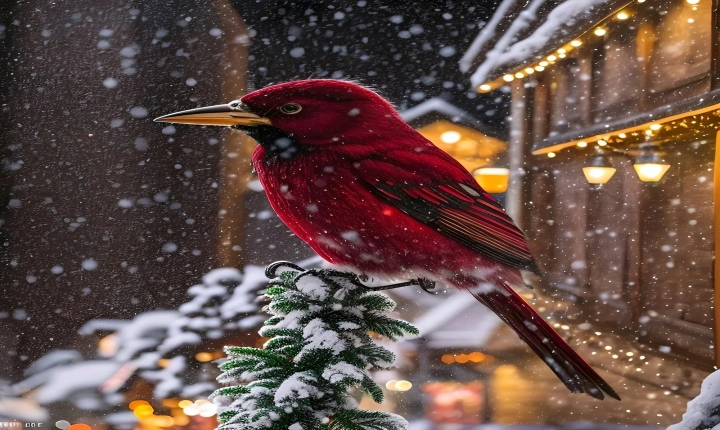Can AI draw pictures? The remarkable advancement of artificial intelligence has led to some incredible developments in the field of creative art. One of the most fascinating aspects of AI’s capabilities is its ability to draw pictures. Over the past few years, AI has made significant strides in producing visually stunning artworks that rival those created by human artists.
The concept of AI drawing pictures may sound futuristic, but it is actually a reality today. With the help of machine learning algorithms and deep neural networks, AI systems have been trained to analyze and understand artistic styles and techniques. This empowers them to create original compositions, portraits, landscapes, and abstract art.
One of the most well-known examples of AI-generated art is the “Edmond de Belamy” portrait, created by the Paris-based collective Obvious using a Generative Adversarial Network (GAN). The portrait, which fetched a large sum at an auction, was created by an AI system programmed to analyze and reproduce a vast collection of historical portraits.
Furthermore, companies like Google have developed AI models such as Magenta, which is capable of generating compelling musical compositions and visual art. These AI systems are trained on vast datasets of existing artworks, enabling them to not only mimic the styles of famous artists but also create entirely original pieces in various aesthetic genres.
The ability of AI to draw pictures has implications beyond the art world as well. For example, AI-generated art could provide a valuable tool for designers and graphic artists. By using AI to generate initial concepts and design elements, human creators can focus on refining and adapting these ideas, ultimately speeding up the creative process.
However, the rise of AI-generated art also raises intriguing questions about the nature of creativity, authorship, and originality. Should AI-generated art be considered the work of the machine, the human programmer, or both? What are the ethical implications of selling and profiting from art created by non-human entities?
Although AI’s ability to draw pictures is impressive, it is important to recognize that AI currently lacks the emotional and intuitive understanding that drives human creativity. While AI systems can mimic artistic styles and techniques, they lack the lived experiences and emotions that often inform human art-making.
Therefore, instead of viewing AI as a replacement for human creativity, it should be seen as a complementary tool that can aid and inspire human artists. By collaborating with AI systems, human artists can push the boundaries of their creativity, experiment with new techniques, and explore innovative artistic expressions.
In conclusion, the capability of AI to draw pictures represents a significant milestone in the field of creative technology. AI-generated art has the potential to revolutionize the art world, providing new avenues for artistic expression and collaboration. As the technology continues to evolve, it is crucial to consider the ethical, legal, and philosophical implications of AI-generated art, while also embracing the opportunities it presents for human creativity.
